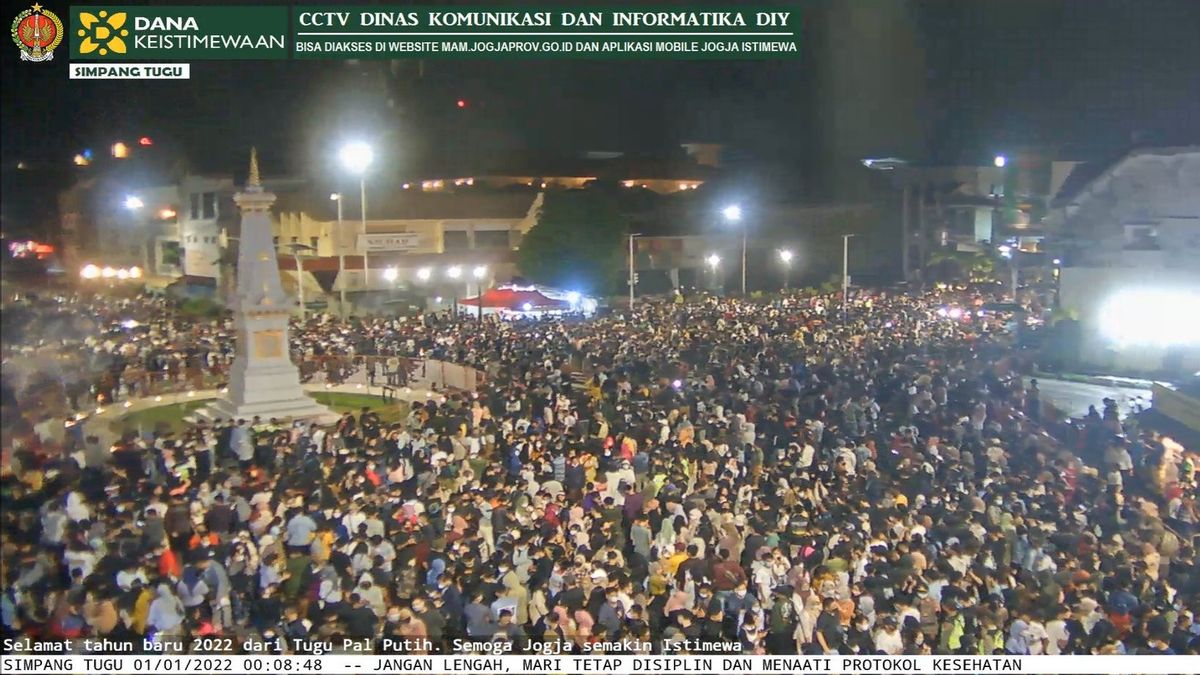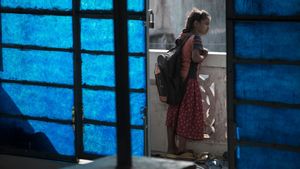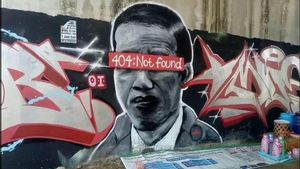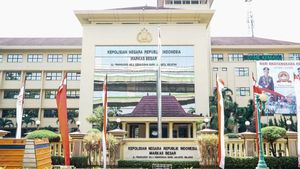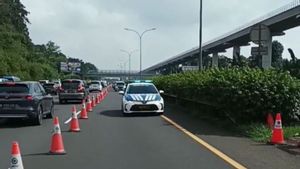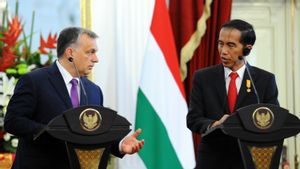JAKARTA - The policy of social restrictions during the celebration of Christmas and New Year's 2022 seems unable to stem the flow of tourists in the Special Region of Yogyakarta (DIY). This area is observed to be crowded. We can prove it by using the HERE Traffic API system and Netray analysis media. Will it have an impact on the addition of COVID-19 cases?
Government regulations are clear. Through the Instruction of the Minister of Home Affairs Number 66 of 2021 concerning Prevention and Control of COVID-19 at Christmas in 2021 and New Year in 2022, the government appeals to local governments to limit community activities from December 24, 2021 to January 2, 2022. The goal: the public is asked to avoid crowds.
But the facts on the ground outside the plan. Referring to the HERE Traffic API data, congestion and traffic congestion occur. The system records traffic conditions from 4 a.m. in the morning to 10 p.m. in the evening.

Let's look at the image above. The interactive map image actually shows the density of the flow of time at a time. The indicator, if the road is green then the intensity of the traffic flow is low. However, if the road is orange to red then that's when the traffic jam occurs.
Looking at HERE data on December 24, 2021, on the day the social restrictions took effect, the map shows a buildup of vehicles from 8.30 a.m. to 11.30 a.m. Then in the afternoon, the traffic flow blockage again occurred from 15.00 p.m. to 19.30 p.m.
Apart from Jalan Magelang, vehicle access for travelers traveling by land to Yogyakarta from the west is Jalan Wates (Jalan Nasional III). This road is regularly blocked from 14.00 p.m. to 19.30 p.m. In addition, traffic density was also recorded on Jalan Raya Solo - Yogyakarta.
According to an analysis using HERE, it is suspected that the traffic density was also contributed by the flow of tourists. The reason is that there is a change in the time pattern of traffic density. It can be monitored on December 23, 2021.
"The traffic density of vehicles at the entrances to the DIY area looks more natural. That is, it occurs at times when people leave and return from their routine work or school," he noted.
Traffic density was also seen to increase on New Year's Eve December 31, 2021. HERE Traffic API noted that there were traffic blockages at several points such as Jalan Diponegoro and Jalan Magelang from 21.00 p.m. to 22.30 p.m. And again at 23.05 p.m.–23.30 p.m.

Netray Analysis
To be more factual, monitoring the crowds around Yogyakarta is strengthened by Netray Media Monitoring. Netray collects upload data on Twitter including those that include images or photos.
By tracking the specific keywords "new year" and "jogja" we can summarize what happened at the turn of the year. Below are the results of Netray's monitoring on Twitter's timeline between December 31, 2021 and January 1, 2022.

One of the monitored accounts is the local mass media @Harian_Jogja. They made a tweet describing the condition of KM 0 during New Year's Eve. The account attached a photo and called it a "sea of people".
As predicted in monitoring the flow of vehicles, the Yogyakarta Tugu intersection area is also full of people. This time it was the turn of the @Beranda_Godean account to share screenshots from CCTV cameras. Based on the description in the image, the scene occurred about 8 minutes and 16 minutes after midnight.
The intersection area of Tugu Yogyakarta and Malioboro (KM 0) are the two entities most frequently mentioned by netizens in this monitoring. Malioboro is the highest location entity in the Top Locations chart and Tugu Yogyakarta is the highest entity for the Top Facilities chart. No other location is more representative than these two places when it comes to the crowds of last year's New Year's Eve.

Both HERE and Netray's observations show the high mobility of people in Yogyakarta on New Year's Eve. Even through Netray, we can factually know that there is a crowd of people there. So does this have an impact on increasing COVID-19 cases?
To answer that, VOI monitors data on the spread of COVID-19 on the corona.jogjaprov.go.id page. What was the result?
Two days before the social restrictions were imposed or on December 22, 2021, the number of active COVID-19 cases in Yogyakarta was recorded at 219. Then three days after the social restrictions were implemented or on December 27, 2021, the number decreased to 138 cases.
The number of COVID-19 cases continued to decline as we entered the New Year of 2022. On January 1, Yogyakarta, there were 104 active cases of COVID-19 in Yogyakarta. As of January 11, the number of active COVID-19 cases was recorded at 100.
*Read other information about RESEARCH read another interesting article from Ramdan Febrian Arifin.
More on BERNAS
SEE ALSO:
The English, Chinese, Japanese, Arabic, and French versions are automatically generated by the AI. So there may still be inaccuracies in translating, please always see Indonesian as our main language. (system supported by DigitalSiber.id)
